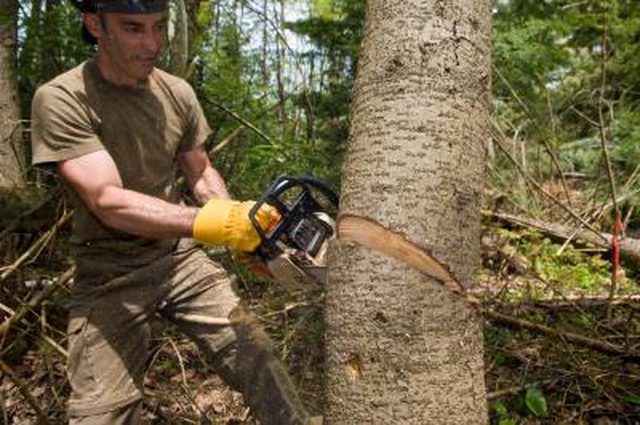Bulbs
Flower Basics
Flower Beds & Specialty Gardens
Flower Garden
Garden Furniture
Garden Gnomes
Garden Seeds
Garden Sheds
Garden Statues
Garden Tools & Supplies
Gardening Basics
Green & Organic
Groundcovers & Vines
Growing Annuals
Growing Basil
Growing Beans
Growing Berries
Growing Blueberries
Growing Cactus
Growing Corn
Growing Cotton
Growing Edibles
Growing Flowers
Growing Garlic
Growing Grapes
Growing Grass
Growing Herbs
Growing Jasmine
Growing Mint
Growing Mushrooms
Orchids
Growing Peanuts
Growing Perennials
Growing Plants
Growing Rosemary
Growing Roses
Growing Strawberries
Growing Sunflowers
Growing Thyme
Growing Tomatoes
Growing Tulips
Growing Vegetables
Herb Basics
Herb Garden
Indoor Growing
Landscaping Basics
Landscaping Patios
Landscaping Plants
Landscaping Shrubs
Landscaping Trees
Landscaping Walks & Pathways
Lawn Basics
Lawn Maintenance
Lawn Mowers
Lawn Ornaments
Lawn Planting
Lawn Tools
Outdoor Growing
Overall Landscape Planning
Pests, Weeds & Problems
Plant Basics
Rock Garden
Rose Garden
Shrubs
Soil
Specialty Gardens
Trees
Vegetable Garden
Yard Maintenance
How to Clear Woods for Lawn Installation or Grass Installation
How to Clear Woods for Lawn Installation or Grass Installation. Clearing out a heavily wooded area and replacing it with turf can seem like a daunting task, but several helpful tools can make the clearing process easier. You will need to choose tools that suit the density of brush or trees in the area. Once you have chosen the correct tools for...

Clearing out a heavily wooded area and replacing it with turf can seem like a daunting task, but several helpful tools can make the clearing process easier. You will need to choose tools that suit the density of brush or trees in the area. Once you have chosen the correct tools for your situation, you will be able to clear the woods efficiently and prepare the area for turf installation.
Things You'll Need
Brush-clearing tool
Chainsaw
Shovel
Garden spade
Ax
Herbicide
Rototiller
Soil amendments
Hard metal rake
Clear away heavy brush or high grass using a brush-clearing tool. A machete or a similarly bladed tool will work best for soft green brush. If you have heavy or thick brush, use a handsaw or chainsaw.
Use a chainsaw to cut down larger trees. Cut each fallen tree into pieces and remove them from the area.
Remove each tree or shrub stump by digging around it with a shovel or heavy garden spade. Use an ax to cut away roots as you encounter them. When you have cut most of the roots, pull the stump out of the ground and back-fill new soil into the hole.
Spray the area with a brush-killing herbicide. Follow the product's mixing instructions carefully. Apply the spray evenly while taking care not to spray any surrounding plants you want to keep.
Rototill the soil or turn it over with your shovel to a depth of 4 to 6 in. (approximately 100 to 150 mm). If you encounter any plant roots that you missed when you were clearing the area, remove them. If you have poor topsoil, or if your soil is very sandy or has a high clay content, consider adding soil amendments or new topsoil now.
Add granulated lime to the area if you have acidic soil (pH below 6.0). Bring the soil pH toward neutral so that the new turf will start properly. Mix the granulated lime into the soil using your metal rake and shovel.
Flatten the area with your metal rake and shovel. Make the ground as level as possible to avoid any seed drift or unequal moisture distribution. After the area is level, prepare a firm top surface for planting.
Tips & Warnings
When selecting a herbicide, choose a spray that stops working when it encounters the ground so that it does not affect future plantings.
You can add a lawn starter fertilizer to the soil when you are turning it to help your new turf establish.
Have your soil's pH level tested at a local garden center or cooperative extension, or do it yourself with a home kit.
Wear gloves, eye protection and long pants and sleeves when you are doing clearing work to avoid ticks, poison ivy and poison sumac.